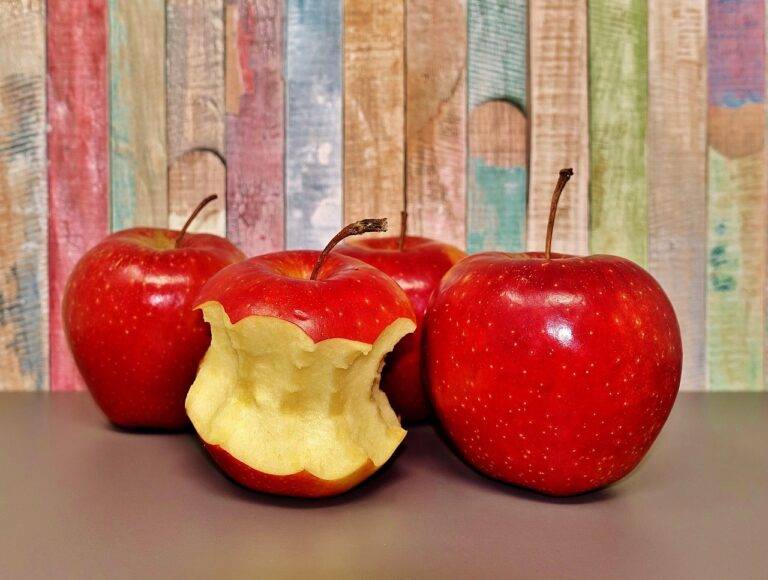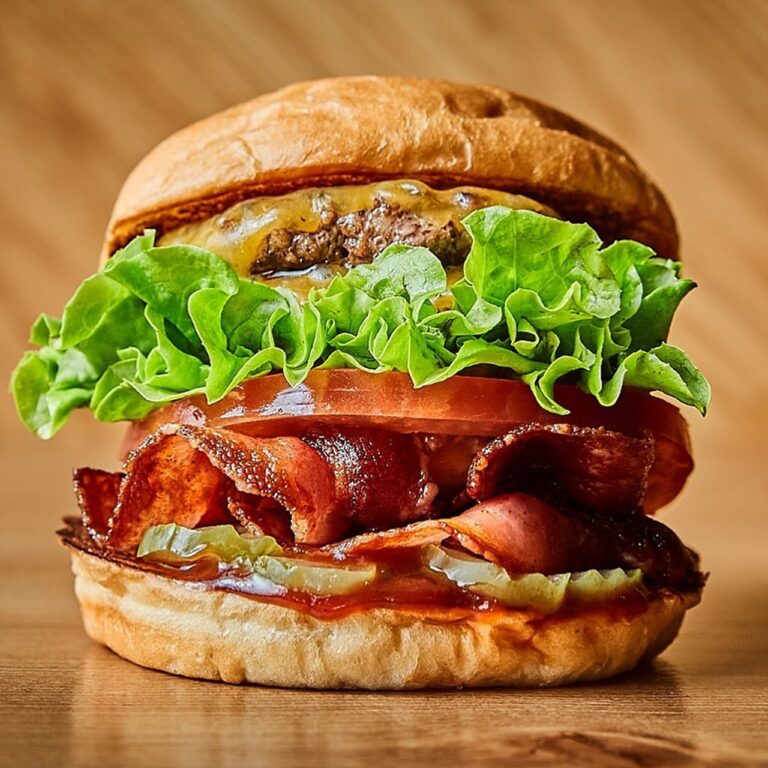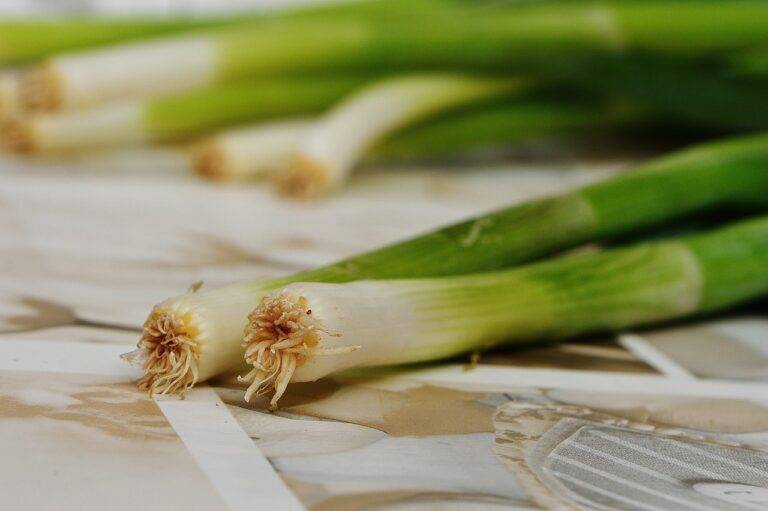The Role of Biodegradable Packaging in Reducing Food Waste
Traditional packaging, often made of materials like plastic, paper, and aluminum, poses a significant threat to the environment due to its non-biodegradable nature. When disposed of improperly, these packaging materials can take centuries to decompose, leading to pollution of land and water bodies. The extraction and production of these packaging materials also contribute to carbon emissions and deforestation, further exacerbating environmental issues.
Moreover, traditional packaging typically requires a significant amount of energy and resources to produce, leading to a substantial carbon footprint. The transportation of these materials over long distances adds to their environmental impact, increasing greenhouse gas emissions. In addition, the disposal of traditional packaging often involves incineration or landfilling, which can release harmful toxins into the air and soil, posing health risks to both humans and wildlife.
Challenges Posed by Non-Biodegradable Packaging
Non-biodegradable packaging poses a significant threat to the environment due to its inability to decompose naturally. The accumulation of non-biodegradable materials in landfills and oceans leads to pollution, harming wildlife and ecosystems. Plastic packaging, in particular, takes hundreds of years to break down, contributing to the growing global waste crisis.
Moreover, the production of non-biodegradable packaging materials often relies on fossil fuels and generates greenhouse gas emissions, exacerbating climate change. The use of such packaging also perpetuates a linear economy model, where resources are extracted, used once, and then disposed of, leading to resource depletion and environmental degradation. Finding sustainable alternatives to non-biodegradable packaging is essential for mitigating these detrimental effects and transitioning towards a more circular and eco-friendly packaging industry.
• Non-biodegradable packaging contributes to pollution in landfills and oceans
• Plastic packaging takes hundreds of years to break down, worsening the global waste crisis
• Production of non-biodegradable materials relies on fossil fuels and generates greenhouse gas emissions
• Non-biodegradable packaging perpetuates a linear economy model, leading to resource depletion and environmental degradation
• Finding sustainable alternatives is crucial for transitioning towards a more eco-friendly packaging industry.
Benefits of Biodegradable Packaging for Food Products
Biodegradable packaging for food products offers a sustainable solution to reduce environmental impact. These packaging materials are designed to decompose naturally, reducing the amount of waste that ends up in landfills. By choosing biodegradable packaging, food manufacturers can contribute to a more sustainable future by reducing their carbon footprint.
In addition to being eco-friendly, biodegradable packaging for food products also helps to preserve the freshness and quality of the products. These materials are often designed to provide the necessary protection against moisture, oxygen, and light, which can help extend the shelf life of perishable items. This can result in less food waste, promoting a more efficient and sustainable food supply chain.
What makes traditional packaging harmful for the environment?
Traditional packaging is often made of non-biodegradable materials such as plastic, which takes hundreds of years to decompose, leading to pollution and harm to wildlife.
What are the challenges posed by non-biodegradable packaging for food products?
Non-biodegradable packaging can leach harmful chemicals into food, contaminate the environment, and contribute to the global plastic waste crisis.
How can biodegradable packaging benefit food products?
Biodegradable packaging offers a sustainable solution by breaking down naturally into harmless substances, reducing environmental impact and promoting eco-friendly practices.
What are some examples of biodegradable packaging materials for food products?
Biodegradable packaging materials include compostable plastics, paper, cardboard, and plant-based materials like corn starch and sugarcane.
Are biodegradable packaging options cost-effective for food producers?
While biodegradable packaging may have a slightly higher upfront cost, the long-term benefits of reduced environmental impact and consumer demand for sustainable products make it a worthwhile investment for food producers.







